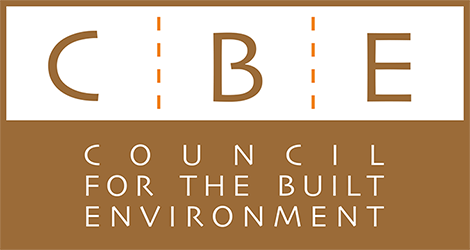Arise decolonial town planners!
Throughout history, major events have shaped town and regional planning and the built environment sector. The world’s population has been increasing exponentially, with estimates of growth at 174% between 1950 and 2010. Between 2010 to 2050, this figure is expected to rise by a further 38% to reach a global population of 9.6 billion. And all these people need to find somewhere to live, leading to many settling in uninhabitable and downright dangerous places. Those migrating to cities and towns find themselves having to settle in the peripheral areas of towns and cities, far away from economic activities and opportunities. These areas are usually uninhabitable pieces of land which are exposed, vulnerable and prone to natural or man-made disasters.
This phenomenon has been unfolding in South Africa since 1970, with rural-urban migrants creating their own cities within cities – what author Doug Saunders referred to as “arrival cities”. These cities are driven by unprecedented migration, with their main feature the lack of social amenities and access to basic infrastructure. They are poorly planned and expose weak governance in the cities and towns where they spring up. Because these “arrival cities” are inhabited by mainly poor and vulnerable groups, the impact of any disaster is severe, often devastating, and often leads to dramatic social changes. This should not come as a surprise. This is evident when looking at how ancient cities responded to disaster, as well as at the impact of events such as the world wars, major environmental disasters, cholera outbreaks, the Spanish flu, and even the recent Covid-19 pandemic. Cities and towns evolved and were redesigned and reimagined to respond to these challenges.
This also impacted the way urban planning has evolved. All these disasters required an urban management strategy, and an innovative, new response and intervention to restore disaster-stricken cities, towns, and settlements to some sort of normalcy.
Dowload Article:
